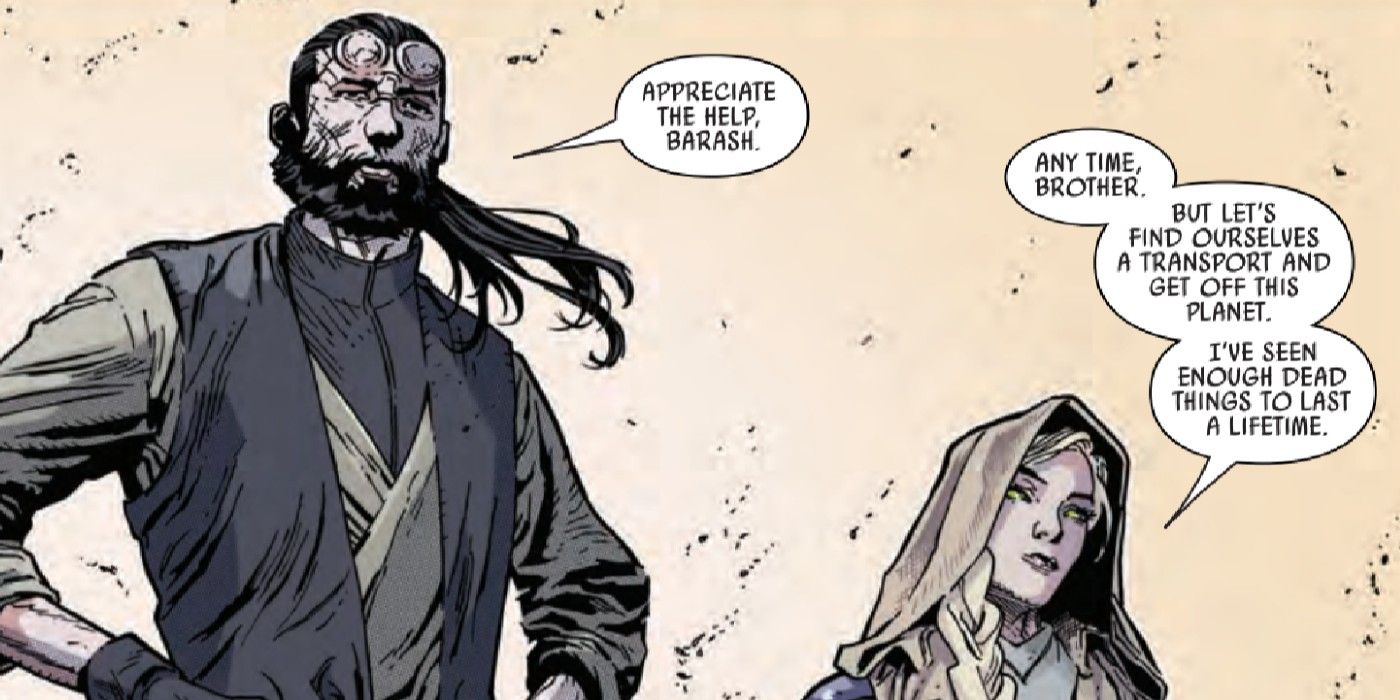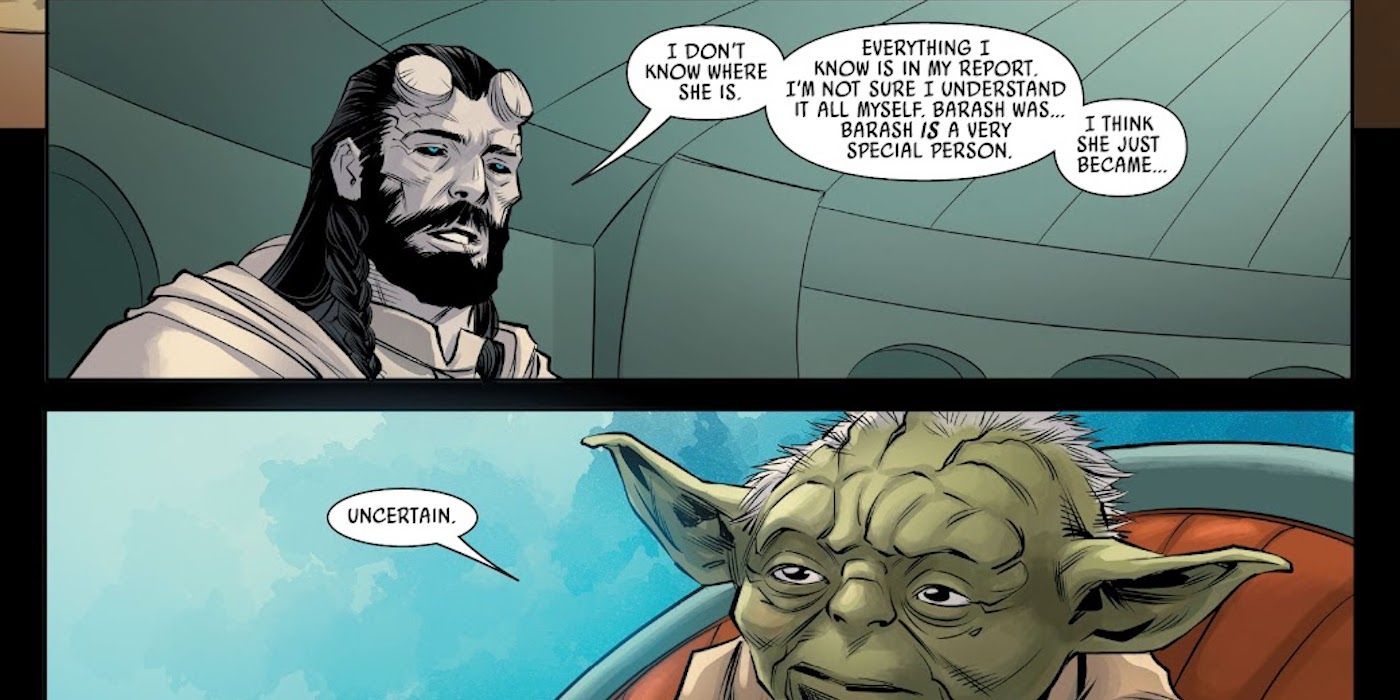Historical Significance

The Barash Vow holds immense historical significance as it played a pivotal role in shaping the course of events in the region.
The barash vow, a sacred promise to refrain from certain behaviors, finds its echoes in the acolyte time , a period of purification and preparation. This connection underscores the enduring power of the barash vow, its ability to shape not only individual actions but also the collective consciousness of a community.
This solemn oath, taken by twelve influential leaders, marked a turning point in the struggle against the oppressive rule of the tyrant, Zarif Khan. The vow ignited a flame of resistance, uniting disparate factions and galvanizing the populace to rise up against their oppressor.
Barash Vow, an ancient ritual that binds individuals to a higher purpose, echoes in the hearts of many. As we delve into the cast of the acolyte Osha here , we witness the embodiment of such vows. Their dedication to serving the divine and upholding the sacredness of life mirrors the profound significance of the Barash Vow, reminding us of the transformative power of commitment.
Key Figures, Barash vow
- Mirza Khan: A valiant warrior and the mastermind behind the Barash Vow, Mirza Khan’s unwavering determination and strategic acumen proved instrumental in rallying support and coordinating the resistance.
- Qazi Noor Muhammad: A respected religious scholar, Qazi Noor Muhammad’s eloquent sermons and unwavering faith inspired the people, imbuing them with the courage to defy the tyrant’s authority.
- Mai Bhagi: A fearless woman and a symbol of resilience, Mai Bhagi played a crucial role in mobilizing the women of the region, organizing them into a formidable force against Zarif Khan’s tyranny.
Cultural and Literary Impact

The Barash Vow holds immense cultural significance, transcending geographical and temporal boundaries. It has been a subject of fascination and inspiration in various societies, reflected in literature, art, and other forms of creative expression.
Literary Representations
The Barash Vow has been a recurring theme in literature, with authors exploring its complexities and implications from diverse perspectives. In the epic poem Shahnameh by Ferdowsi, the vow is portrayed as a symbol of honor and sacrifice. In contrast, the modern Iranian novel The Blind Owl by Sadegh Hedayat delves into the psychological and philosophical aspects of the vow, questioning its relevance in contemporary society.
Artistic Expressions
The vow has also found expression in art, particularly in miniature paintings and calligraphy. These works often depict the dramatic events surrounding the vow, capturing the emotions and motivations of the characters involved. In music, the vow has inspired both traditional and contemporary compositions, with musicians exploring its themes of love, loyalty, and sacrifice.
Interpretations and Perspectives
Over time, the Barash Vow has been subject to various interpretations and perspectives. In some cultures, it is seen as a sacred oath that must be upheld at all costs. In others, it is viewed as a symbol of blind obedience that can lead to negative consequences. These differing interpretations reflect the evolving social and cultural values of the societies that have embraced the vow.
Contemporary Relevance: Barash Vow

The Barash Vow remains a potent force in contemporary society, inspiring and shaping values, beliefs, and actions. Its lessons and insights offer valuable guidance for navigating present-day challenges.
Lessons for Personal Growth and Transformation
- Embrace self-sacrifice: The Barash Vow demonstrates the power of self-sacrifice for the greater good. By putting others before oneself, individuals can overcome personal challenges and achieve meaningful growth.
- Cultivate resilience: The journey of the Barash Vow is fraught with hardships. It teaches the importance of perseverance, resilience, and finding strength in adversity.
- Seek wisdom and guidance: The Barash Vow emphasizes the value of seeking wisdom and guidance from elders and mentors. This wisdom can help individuals make informed decisions and navigate life’s complexities.
Insights for Social Harmony and Progress
- Promote unity and cooperation: The Barash Vow’s emphasis on community and cooperation is essential for building harmonious societies. By working together, individuals can overcome obstacles and achieve shared goals.
- Address inequality and injustice: The Barash Vow’s call for justice and fairness resonates in contemporary societies grappling with inequality and injustice. It reminds us of our collective responsibility to create a more just and equitable world.
- Preserve cultural heritage: The Barash Vow is a testament to the enduring power of cultural heritage. It teaches the importance of preserving and passing down traditions and values for future generations.
Inspiration for Global Challenges
- Foster environmental stewardship: The Barash Vow’s reverence for nature can inspire efforts to address environmental challenges. By respecting and protecting the environment, we ensure its preservation for future generations.
- Promote peace and conflict resolution: The Barash Vow’s message of peace and reconciliation offers hope in times of conflict. It reminds us of the importance of dialogue, understanding, and working towards peaceful solutions.
- Build a better future: The Barash Vow is a reminder that even in the face of adversity, hope and progress are possible. Its lessons can inspire us to work towards a better future for ourselves and generations to come.
Barash vow, a tradition of fasting and praying for 10 days, is observed by many devotees to seek blessings and fulfill wishes. During this period, devotees often wonder about the specific time the acolyte comes out. To find the answer, they can refer to what time does the acolyte come out , which provides detailed information on the timing of the acolyte’s appearance during the Barash vow.
The Barash Vow, a sacred oath taken by members of the religious sect, binds them to a life of chastity and poverty. While the vow is intended to bring them closer to their deity, it also isolates them from the outside world.
In the same vein, Rotten Tomatoes: The Acolyte explores the theme of isolation and the consequences of blind devotion. The film follows a young woman who joins a cult and must confront the dark secrets that lie beneath its facade.
The Barash Vow and Rotten Tomatoes: The Acolyte both offer a cautionary tale about the dangers of religious extremism and the importance of critical thinking.
Barash vow, a mystical covenant whispered in hushed tones, is said to bind souls across time. But what if the echoes of this ancient oath reverberate beyond the confines of the mortal realm? In the hidden sanctuaries of osha acolyte , where the veils between worlds thin, whispers of a similar vow, whispered in the language of spirits, have been heard.
Could it be that the threads of barash vow intertwine with the ethereal strands of the osha acolyte, weaving a tapestry of destinies yet unknown?